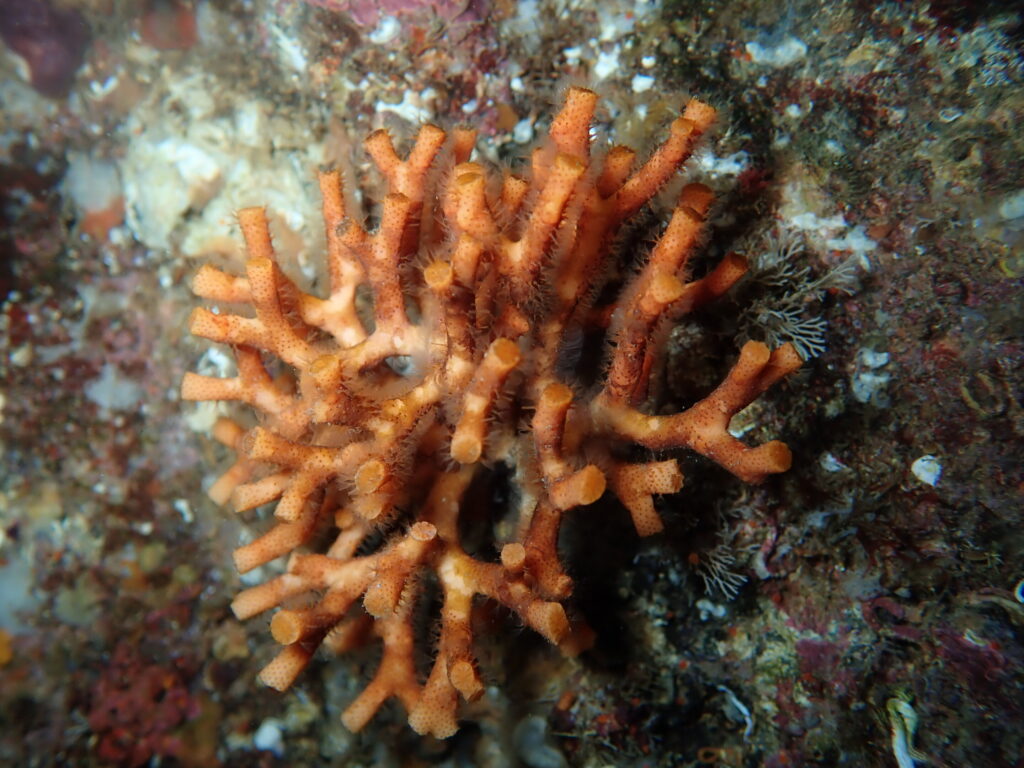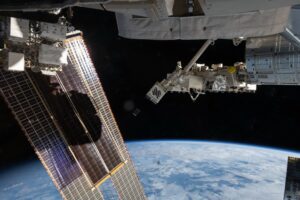
A recent study by the Institut de Ciències del Mar (ICM-CSIC) reveals that ocean acidification and warming, two significant consequences of global climate change, are posing a dual threat to bryozoans—colonial invertebrates vital for marine habitats. Published in Communications Biology, the research highlights potentially severe ecological consequences as climate change accelerates.
The study provides the first characterization of the microbiome of Myriapora truncata, commonly known as “false coral,” which is prevalent in the Mediterranean. It also examines how this species and another encrusting bryozoan respond to future environmental conditions. These bryozoans form three-dimensional structures offering shelter to various marine species, similar to corals, yet they often go unnoticed in environmental change studies.
Understanding the Role of Bryozoans
Blanca Figuerola, the lead author and ICM-CSIC researcher, emphasizes the ecological significance of bryozoans. “Despite being a different phylum, very diverse and abundant globally, these small architects of the sea are often overlooked,” she notes. Figuerola’s work opens new avenues to understand bryozoans’ responses to rapid oceanic changes.
Previously, little was known about bryozoans’ reactions to the combined effects of ocean acidification and warming. Figuerola points out that their microbiome had been largely unexplored until now, which is crucial since it plays a fundamental role in their health and resilience.
A Natural Laboratory for Future Predictions
The research team conducted their study in a “natural laboratory” on the island of Ischia, Italy, where volcanic CO₂ bubbles simulate projected ocean acidification conditions. “This area offers a unique opportunity to study marine species’ responses to acidification under natural conditions,” explains Núria Teixidó, a researcher at the Stazione Zoologica Anton Dohrn and the article’s last author.
By comparing the morphology, skeleton mineralogy, and microbiome of bryozoan colonies exposed and unexposed to these conditions, the study found that the species exhibit some acclimation capacity. They modify their skeletal mineralogy to become more resistant while maintaining a relatively stable microbiome composition.
“However, we observed a loss in functional microbial diversity, with a decline in genera potentially involved in key processes such as nutrition, defense, or resistance to environmental stress,” Figuerola states.
These microbial shifts could have significant long-term consequences, as changes in the microbiome might serve as early bioindicators of environmental stress, according to Javier del Campo from the Institute of Evolutionary Biology (IBE, CSIC-UPF).
Warming Amplifies the Impacts
Over a five-year period, the study also examined the effects of rising temperatures, another critical factor in climate change. “The models used indicate that the combination of these two stressors intensifies the effects observed, significantly reducing the coverage of the encrusting bryozoan and increasing mortality,” says Pol Capdevila, a researcher at the University of Barcelona.
The research utilized advanced techniques such as modeling and computed microtomography to create 3D images of the internal skeleton structure of these species. These images are valuable for both research and educational purposes, with plans for a science animation in collaboration with Cooked Illustrations.
Implications for Marine Conservation
The findings have critical implications for the management and conservation of Mediterranean marine ecosystems, particularly in the context of climate change. The disappearance of habitat-forming species like bryozoans could trigger cascading effects on many other species relying on them for shelter or food.
The characterization of the microbiome and identification of potentially beneficial microorganisms open new research avenues to enhance the resilience of holobionts (host and its associated microbiome) through nature-based approaches. This research line continues under the MedCalRes National Plan project and the HOLOCHANGE consolidation project, aiming to deepen the understanding of bryozoan–microbiome interactions to anticipate and mitigate climate change impacts.
“The complexity of the issue demands integrated analyses,” concludes Figuerola. “This study shows how interdisciplinary approaches can help us anticipate future scenarios and more effectively protect marine ecosystems.”
For more information, see Blanca Figuerola et al, Interactive effects of ocean acidification and warming disrupt calcification and microbiome composition in bryozoans, Communications Biology (2025). DOI: 10.1038/s42003-025-08524-8






